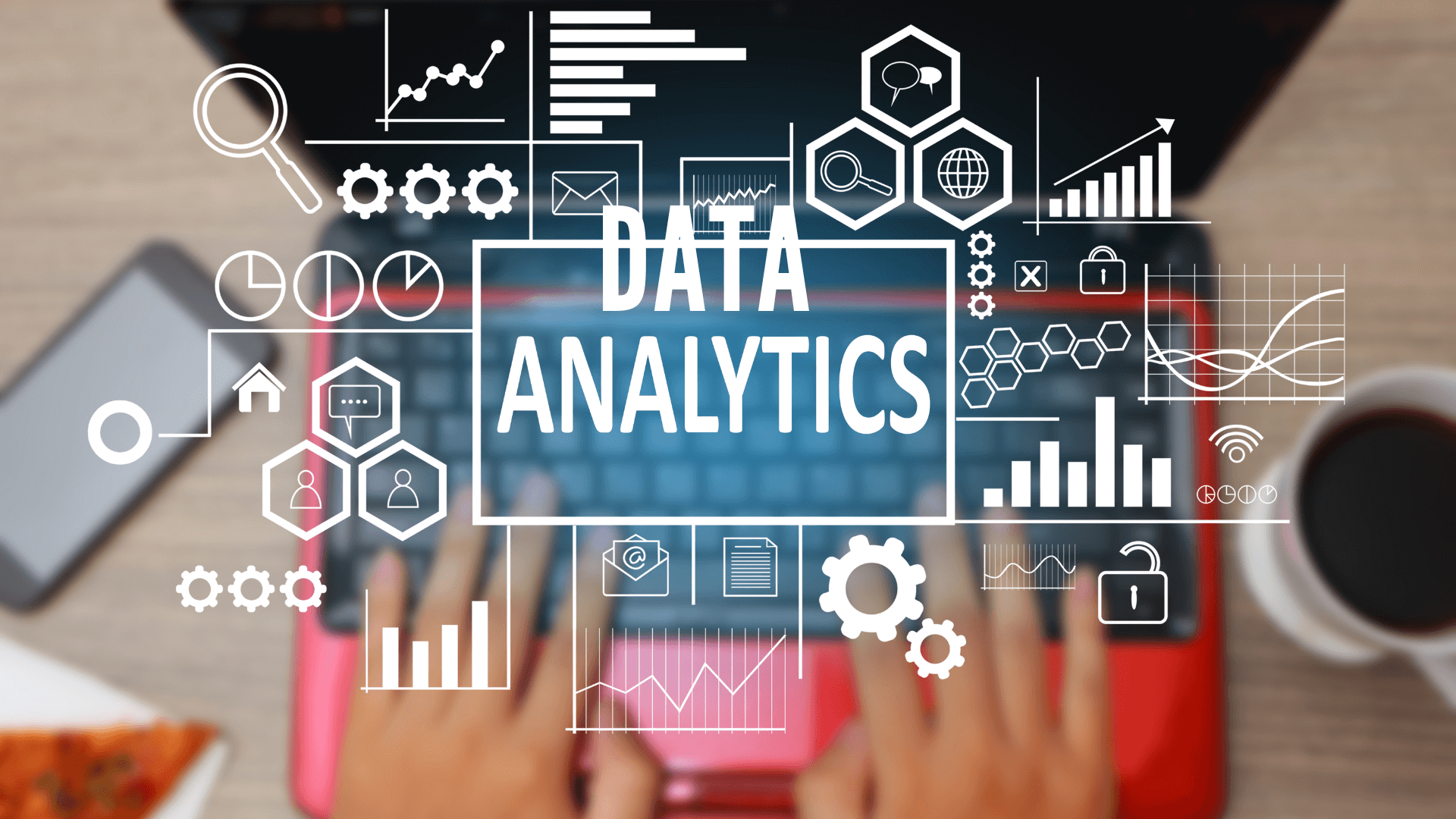Data analytics has become an essential component of successful digital marketing campaigns. By leveraging data effectively, marketers can gain insights into customer behavior, measure campaign performance, and make informed decisions to optimize their strategies. Here’s how to use data analytics to enhance your digital campaigns:

Table of Contents
Toggle1. Define Clear Objectives
Before diving into data analytics, establish clear goals for your digital campaigns. Whether you aim to increase brand awareness, generate leads, or boost sales, having specific objectives will guide your data analysis and help you focus on relevant metrics.
2. Choose the Right Tools
Select appropriate analytics tools that fit your needs. Popular options include:
- Google Analytics: Ideal for tracking website traffic, user behavior, and conversion rates.
- Social Media Analytics Tools: Platforms like Facebook Insights and Twitter Analytics provide data on engagement, reach, and demographics.
- Email Marketing Analytics: Tools such as Mailchimp or Constant Contact offer insights into open rates, click-through rates, and conversions for email campaigns.
- Customer Relationship Management (CRM) Software: CRMs like HubSpot or Salesforce can track customer interactions and sales performance.
3. Collect Relevant Data
Gather data from various sources to get a comprehensive view of your digital campaigns. Key data points to collect include:
- Website Traffic: Monitor the number of visitors, session duration, and bounce rates.
- Conversion Metrics: Track how many visitors complete desired actions, such as filling out forms or making purchases.
- User Behavior: Analyze user interactions on your website, such as click paths and page views.
- Demographics: Gather information on your audience, including age, gender, location, and interests.
4. Analyze Customer Segmentation
Use data analytics to segment your audience based on demographics, behavior, or preferences. Understanding different customer segments allows you to tailor your marketing messages and offers to specific groups, improving engagement and conversion rates. For example, you may find that younger audiences respond better to social media ads while older segments prefer email marketing.
5. Conduct A/B Testing
A/B testing (split testing) involves comparing two versions of a campaign element to determine which performs better. Use data analytics to:
- Test Headlines and Copy: Experiment with different messaging to see what resonates most with your audience.
- Compare Visual Elements: Test variations in images, colors, or layouts to identify the most effective designs.
- Evaluate CTAs: Analyze the performance of different calls to action to enhance conversion rates.
6. Monitor Campaign Performance in Real-Time
Utilize real-time analytics to track the performance of your digital campaigns as they run. Monitoring key metrics allows you to identify trends, spot issues early, and make adjustments quickly. For example, if a particular ad is underperforming, you can pause it and reallocate your budget to more effective campaigns.
7. Evaluate ROI
Data analytics helps you measure the return on investment (ROI) for your digital campaigns. By comparing the costs of your campaigns to the revenue generated, you can assess the effectiveness of your strategies. Key metrics to consider include:
- Cost per Acquisition (CPA): The total cost of acquiring a customer.
- Return on Ad Spend (ROAS): The revenue generated for every dollar spent on advertising.
- Customer Lifetime Value (CLV): The total revenue expected from a customer over their relationship with your brand.
8. Utilize Predictive Analytics
Predictive analytics uses historical data and statistical algorithms to forecast future outcomes. By leveraging predictive analytics, you can anticipate customer behavior, optimize targeting, and refine your marketing strategies. For example, you can predict which customers are likely to convert based on past interactions and tailor your messaging accordingly.
9. Incorporate Sentiment Analysis
Analyze customer sentiment through social media monitoring and online reviews to gauge public perception of your brand. Sentiment analysis helps you understand how your audience feels about your products or campaigns, enabling you to address concerns, enhance messaging, and improve customer experience.
10. Gather Feedback and Iterate
Collect feedback from customers to understand their preferences and experiences. Use surveys, polls, and user reviews to gather insights that can inform future campaigns. Continuous iteration based on data and customer feedback ensures that your strategies remain relevant and effective.
Conclusion
Data analytics is a powerful tool for enhancing digital campaigns. By defining clear objectives, utilizing the right tools, and leveraging insights from data, marketers can optimize their strategies for better performance. From customer segmentation to real-time monitoring, embracing data-driven decision-making enables businesses to engage their audiences effectively, drive conversions, and achieve long-term success in the digital landscape.


No responses yet